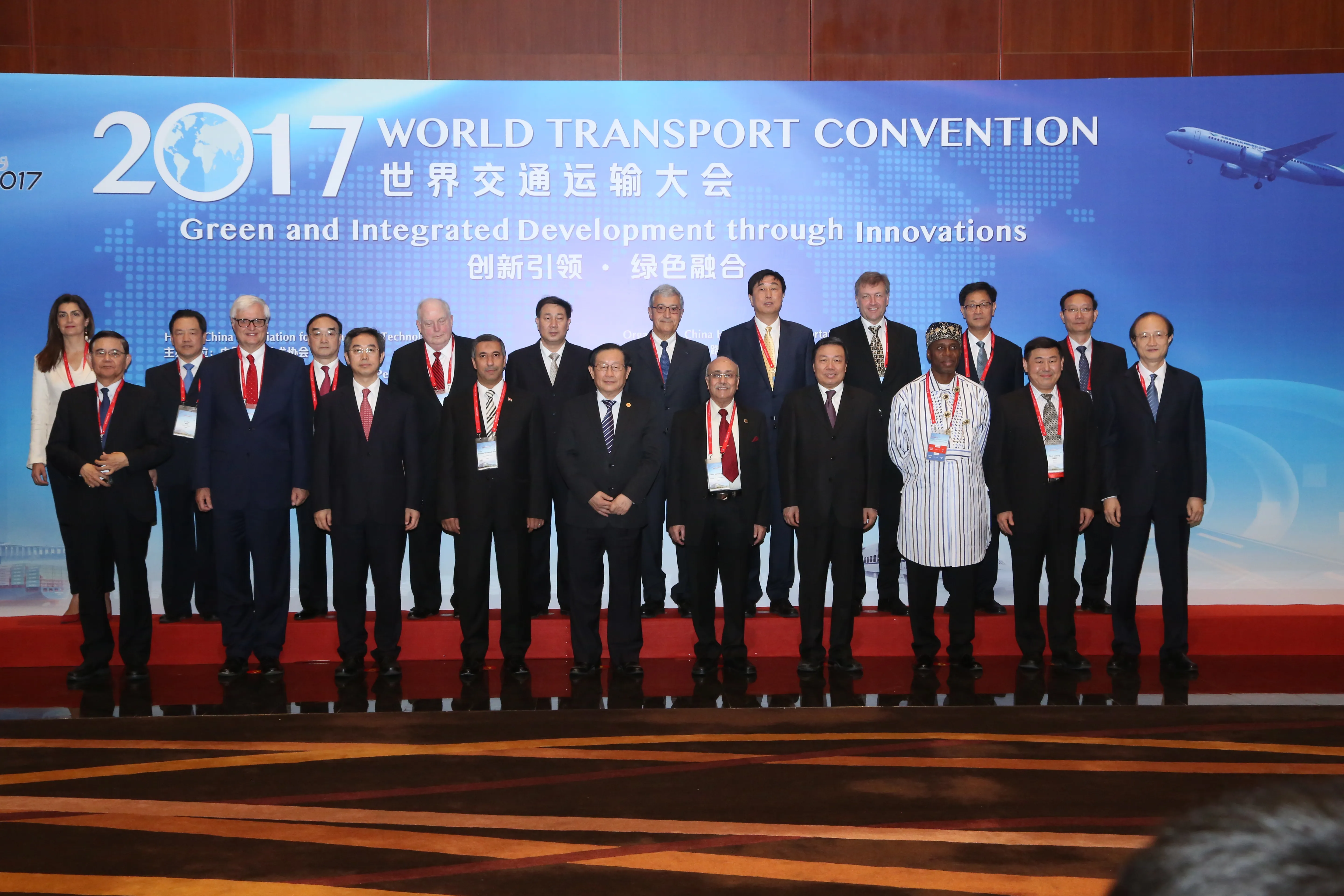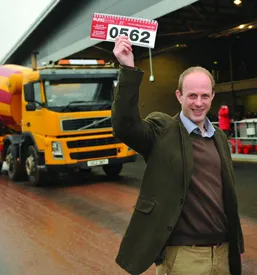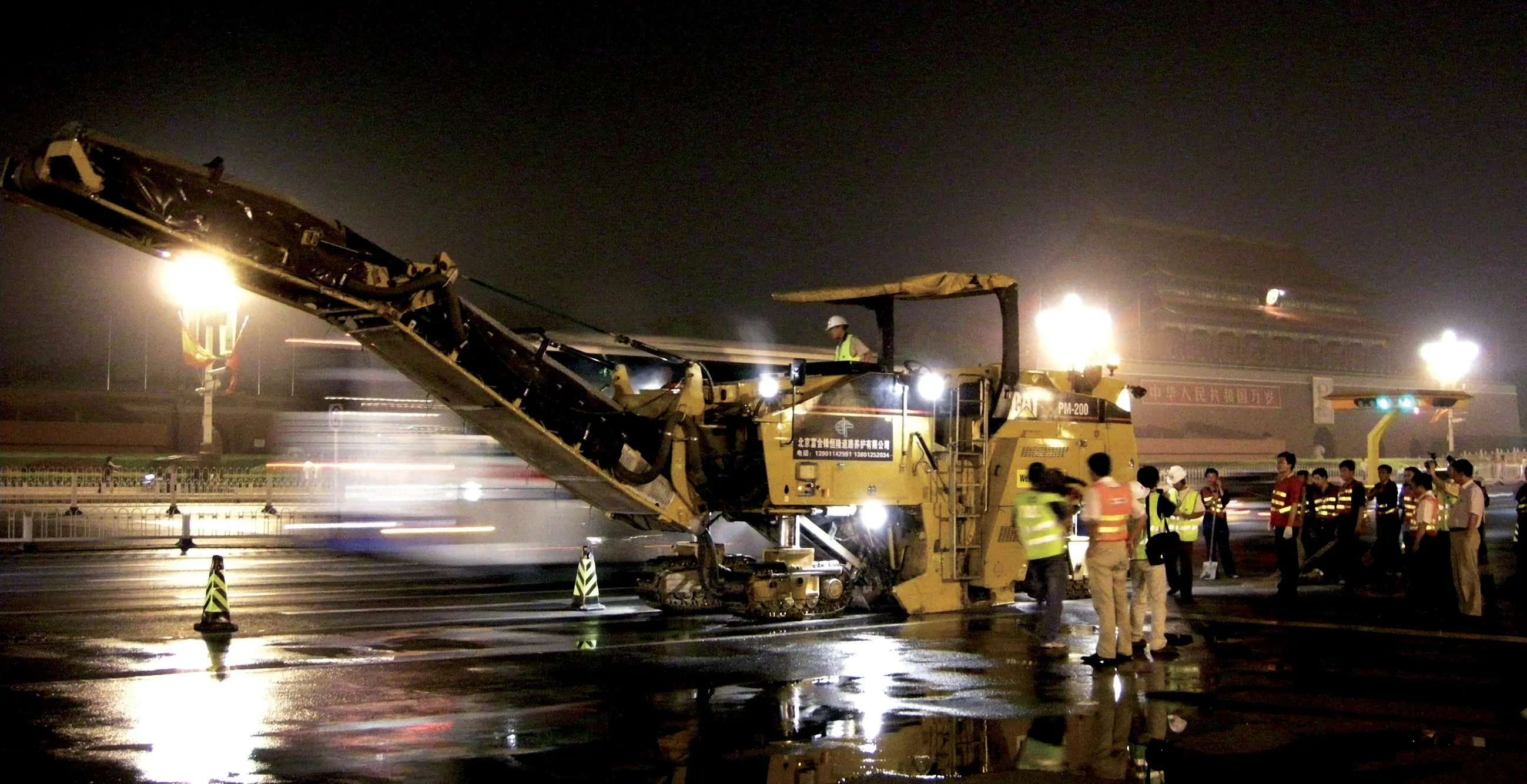A new report from the World Health Organisation (WHO) identifies the most dangerous countries in the world to travel by road. According to the report, Venezuela now has the highest level of road fatalities, with 45.1 deaths/million of population. Libya previously held the top slot for the world’s most dangerous roads, but has seen major improvements in road safety now moving it down in terms of risk to 49th place.
August 8, 2017
Read time: 2 mins
A new report from the 3263 World Health Organisation (WHO) identifies the most dangerous countries in the world to travel by road. According to the report, Venezuela now has the highest level of road fatalities, with 45.1 deaths/million of population. Libya previously held the top slot for the world’s most dangerous roads, but has seen major improvements in road safety now moving it down in terms of risk to 49th place. Thailand however has seen no such improvement and retains its slot as the country with the second highest level of road fatalities in the world at 35 deaths/million of population. Malawi is in third place and has 33.7 road deaths/million of population while Liberia is in fourth place and has 33.2 road deaths/million of population. Of note is that of the 20 countries in the world with the most dangerous roads, 16 are in Africa (this includes Madagascar in 18th place).
Meanwhile Monaco has the lowest rate of road fatalities, with no deaths at all recorded in the WHO survey, followed by Micronesia in second place, with just 1.9 road deaths/million of population. Sweden is in third place and has just 2.8 road deaths/million of population, followed by Kiribati and the UK, in equal fourth place and each with 2.9 road deaths/million of population. Of the 20 countries in the world with the safest roads, 16 are in Europe.








